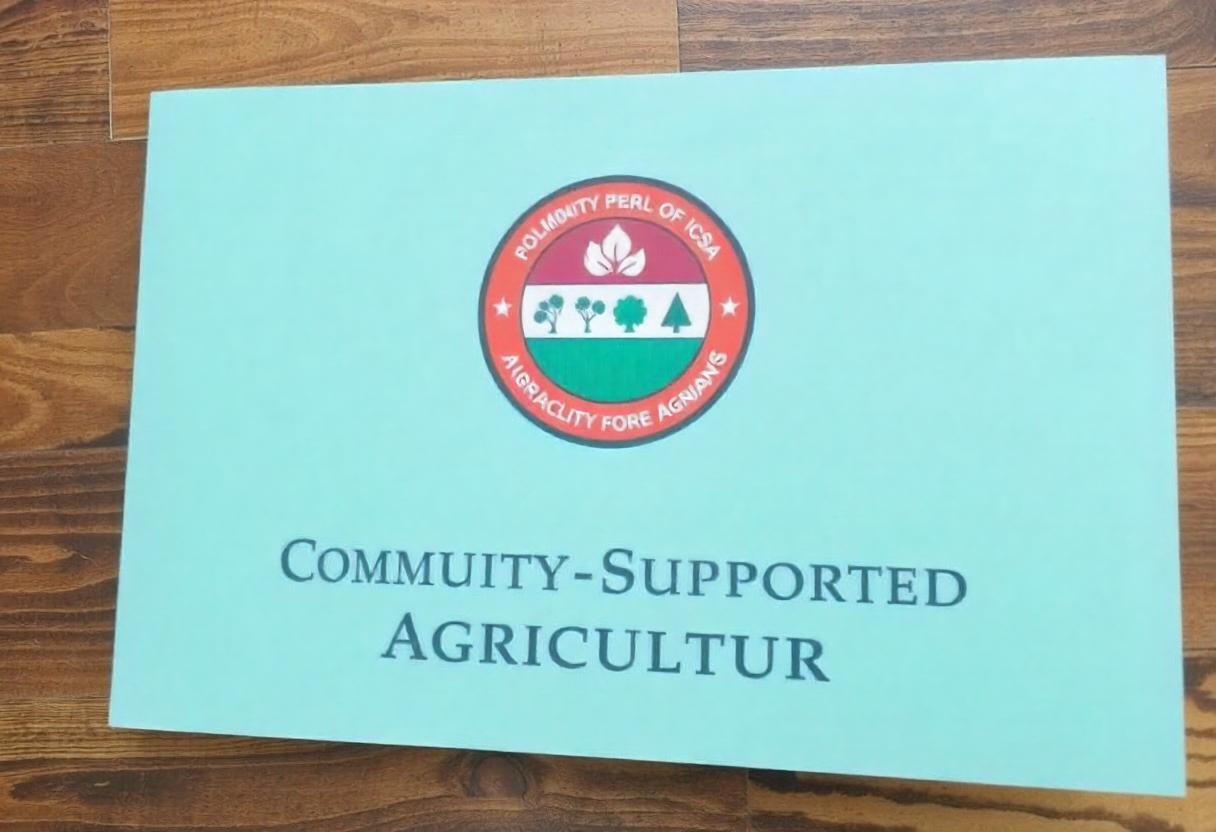
Community-Supported Agriculture (CSA) is a model of food production and distribution that directly connects farmers with consumers. This system fosters local food networks by offering a subscription-like service where consumers receive regular deliveries or pickups of fresh, seasonal produce from a nearby farm.
The Origins of CSA
CSA began in the 1960s in Switzerland and Japan as a way to strengthen the bond between consumers and local farmers. It was a response to growing concerns about food safety, the environmental impacts of industrial farming, and the declining viability of small farms. The model spread to North America in the 1980s and has since become a popular way for consumers to access locally grown food.
How CSA Works
In a CSA system, consumers purchase a “share” of a farm’s harvest for a season. The payment is made upfront, which provides farmers with the capital they need to grow and harvest crops. In return, members receive a portion of the farm’s produce on a regular basis, typically weekly or biweekly. These shares often include a variety of fruits, vegetables, herbs, and sometimes meat, eggs, or dairy products.
Benefits for Farmers
CSA offers several advantages for farmers. First, the upfront payment ensures they have the financial support needed to cover planting, labor, and operational costs before the growing season begins. This reduces the financial risk they face compared to selling at markets or through wholesalers. Second, CSA builds a loyal customer base that supports the farm regardless of market fluctuations or crop yields. Additionally, farmers can focus more on sustainable farming practices without the pressure of maximizing yields for profit.
Benefits for Consumers
For consumers, CSA provides access to fresh, locally grown produce that is often organic and sustainably farmed. Members enjoy the diversity of seasonal foods and can try new varieties they might not find in supermarkets. The relationship with the farm offers transparency about food production, and many CSAs encourage members to visit the farm, attend events, or volunteer.
Challenges of CSA
Despite its benefits, CSA also faces challenges. Weather, pests, and other environmental factors can impact crop yields, which may result in smaller shares for members. The upfront cost can also be a barrier for some consumers, especially if they are unsure about the variety or volume of produce they will receive. Additionally, CSA requires a significant commitment from consumers to adjust their eating habits based on seasonal availability.
Variations of CSA Models
There are various models of CSA. Some farms offer flexible payment plans or sliding-scale fees to make shares more accessible. Others collaborate with multiple farms to provide a wider range of products or offer add-ons such as dairy, meat, or flowers. In urban areas, some CSA programs have distribution points at local businesses, markets, or community centers, making it easier for members to access their shares.
CSA and the Future of Sustainable Agriculture
Community-Supported Agriculture plays an important role in promoting sustainable and local food systems. By shortening the supply chain and fostering direct relationships between producers and consumers, CSA reduces the environmental impact of transportation and packaging. It also supports small-scale farmers who prioritize biodiversity, soil health, and environmentally friendly practices.